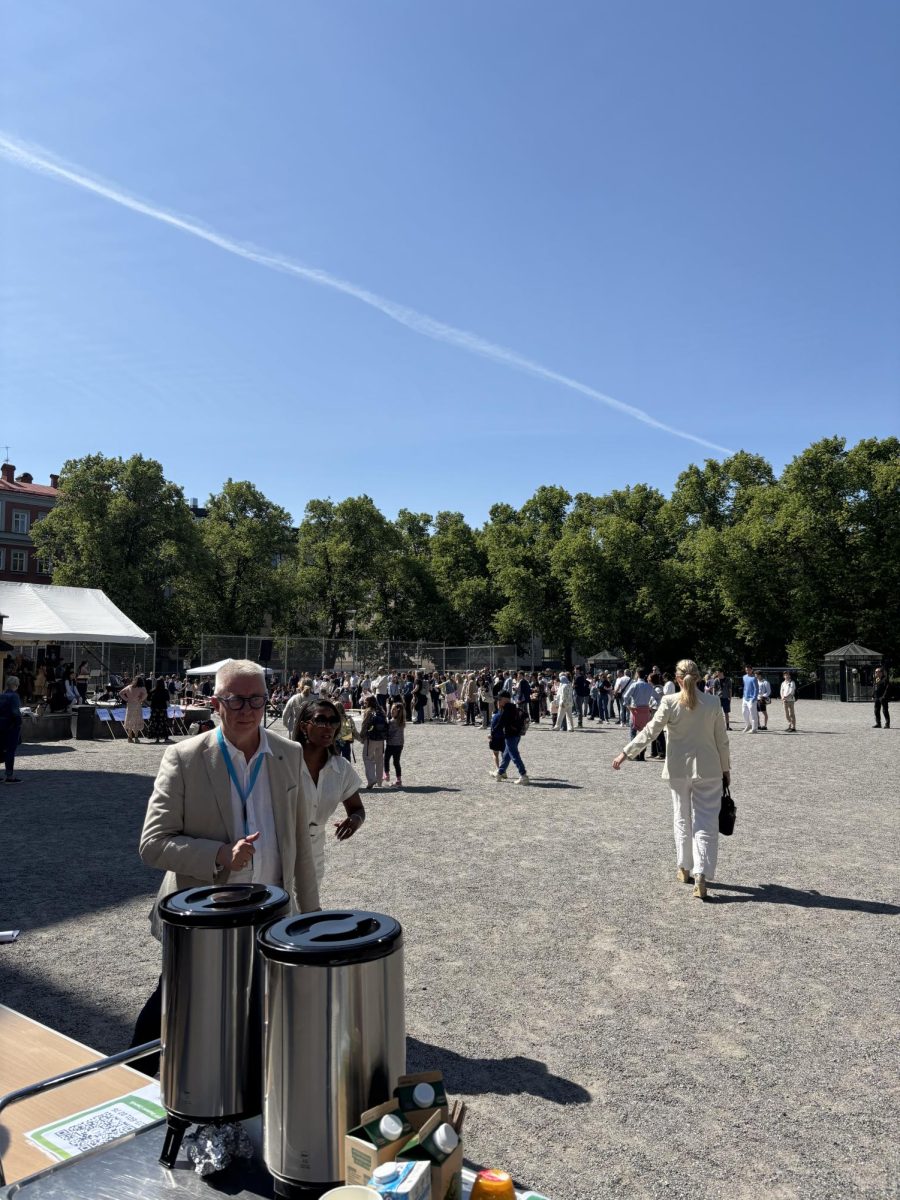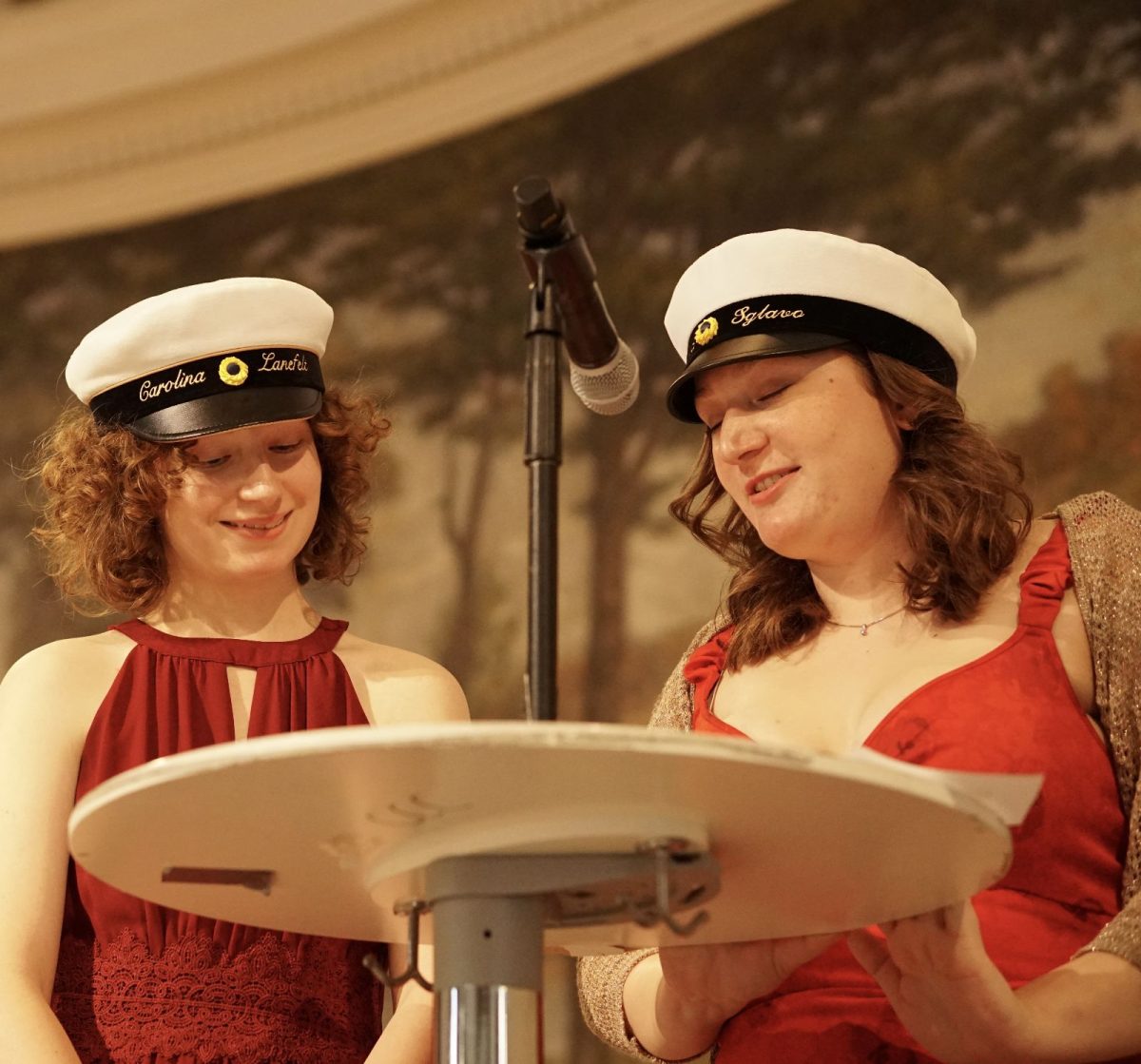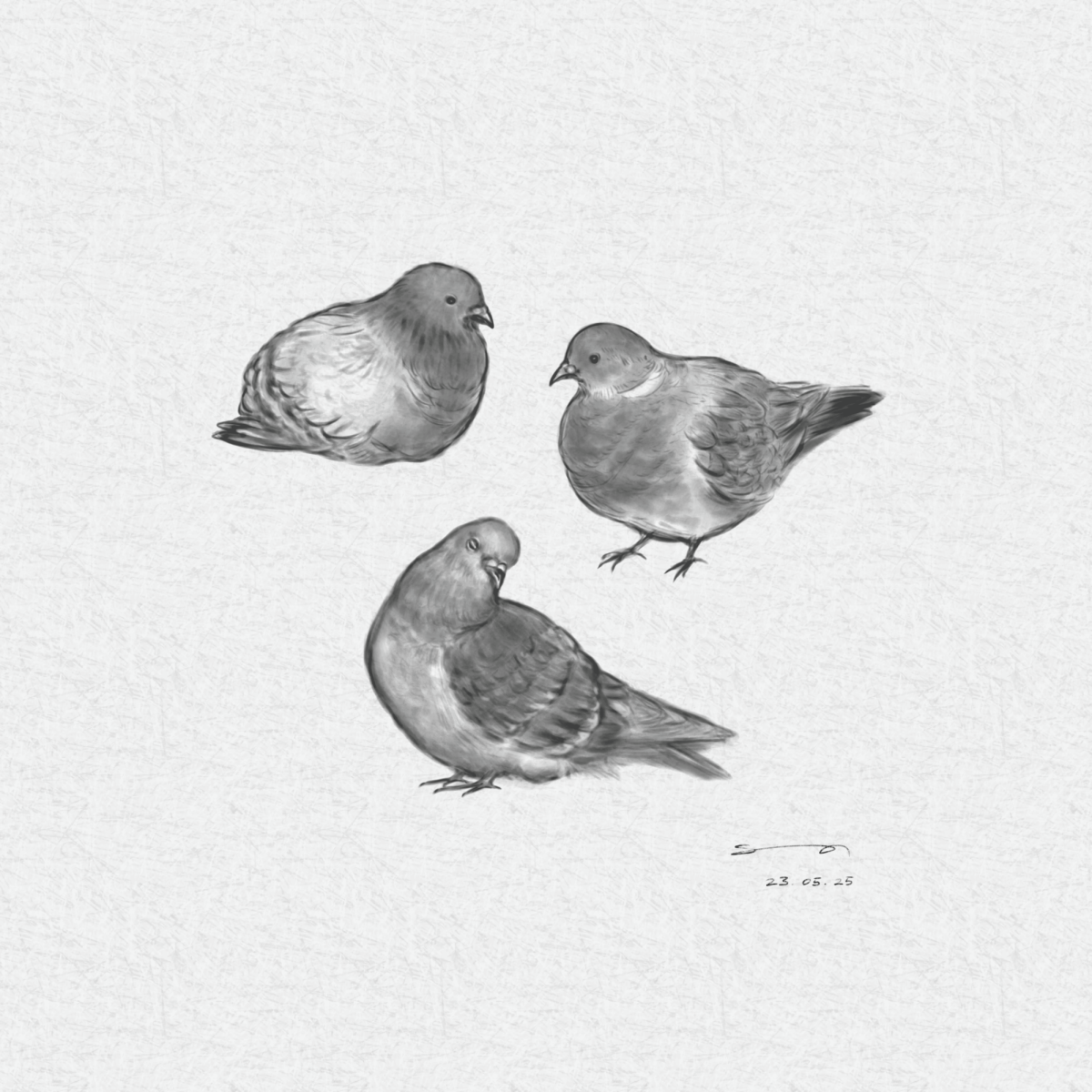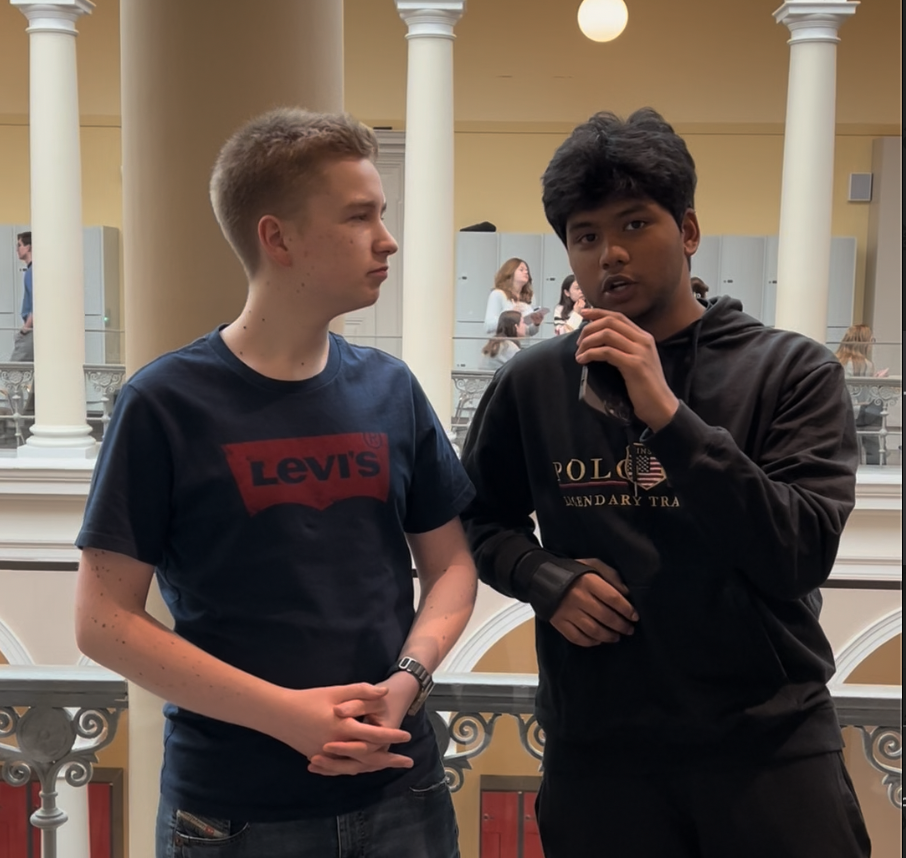The Twilight Sad – Nobody Wants To Be Here & Nobody Wants To Leave
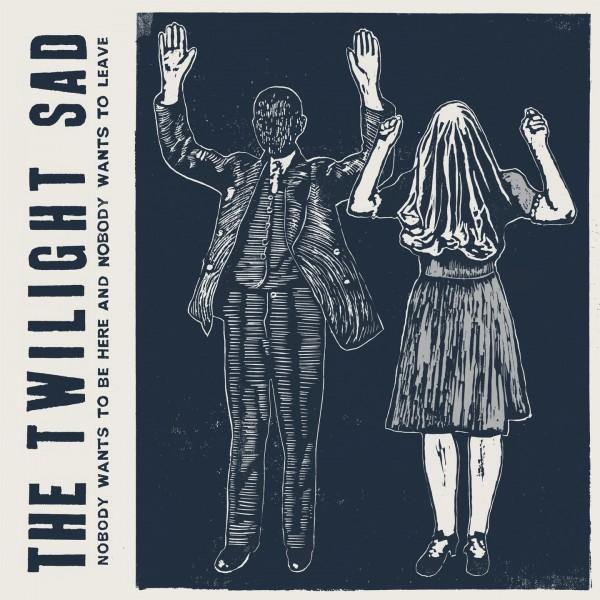
January 15, 2016
This article is the tenth instalment of a 10-part album review series by Paschal M.
The Twilight Sad, a shoegaze band from Scotland, has on their 4th studio release captured all the unique styles their music has fronted over the band’s 12-year lifespan to near perfection. For those unaware, shoegaze is a form of alternative rock, distinguished by the thorough use of guitar effects, near unintelligible vocals, and general creative use of noise to engineer a dream-like sound. The sub-genre emerged in the UK in the late 1980s and peaked around the mid-1990s. The recent revival of the genre can be attributed to acts such as The Twilight Sad. They use elements of the genre – in particular the style of creating a ‘wall of noise’ – more noticeably in their live shows, while combining them with other genres such as folk. In the case of their album Nobody Wants To Be Here & Nobody Wants To Leave, the theme is quite elegantly outlined on “It Never Was The Same,” laying out a clear mood for the rest of the album. The graceful instrumentals feature a straightforward drum beat and soft bass-heavy background synths, which are on occasion accompanied by the shoegaze-esque wall of electric guitar reverb. James Graham’s firm yet eager vocals display the album’s tendency to merge contrasting styles and interpretations to produce an original and distinct sound. This is highlighted even further on the title track of the album, “Nobody Wants To Be Here & Nobody Wants To Leave.” James Graham provides this track (and the rest of the EP) with an abundance of melancholic lyricism. His longing desire is displayed through the drawn out vocals and instrumentation which features extensively modified synths in order to give off a ‘damp’ texture to the song. This eventually gives way to a more cheerful guitar melody, creating an interesting blend with the texture created by the synths.
James’s copious use of metaphors is used as a tool instead of a crutch on the album in order to avoid spoon-feeding lyrical sense to the audience, enabling the listener to create his or her own interpretations. The exception to this comes on the outro track “Sometimes I Wish I Could Fall Asleep;” although the production and lyricism are similar, both stray from the digitally altered instrumentation and vocals heard on the rest of the LP, exposing the bare and pure minimal blueprint behind the album. In terms of production, the track features a solemn yet sharp piano piece. Lyrically, Graham takes a more blunt approach to songwriting without the use of metaphor. While the band takes notable influences from The Smiths’ ironic melancholic songwriting style and Joy Division’s dark and bleak performance approach, they distinguish themselves through James’s heavy Scottish accent, naturally giving the band’s records a mixture of folk elements. The album doesn’t suffer any noticeable flaws in terms of individual tracks, but the record’s impeccable ability to blend the tracks into one coherent mixture can be a double-edged sword as it sacrifices the effectiveness of each of the separate tracks in order to achieve greater album coherence and flow. Since the ballads within Nobody Wants To Be Here & Nobody Wants To Leave blend into one another so seamlessly, it’s clear that the album was designed to be played on vinyl. It was intended to be heard in its entirety in the form of pure synergy. The Twilight Sad has come through with one of the most underrated records of 2014, powerfully merging elements of shoegaze, folk and post-punk to create one of the most impressive releases in recent history.


